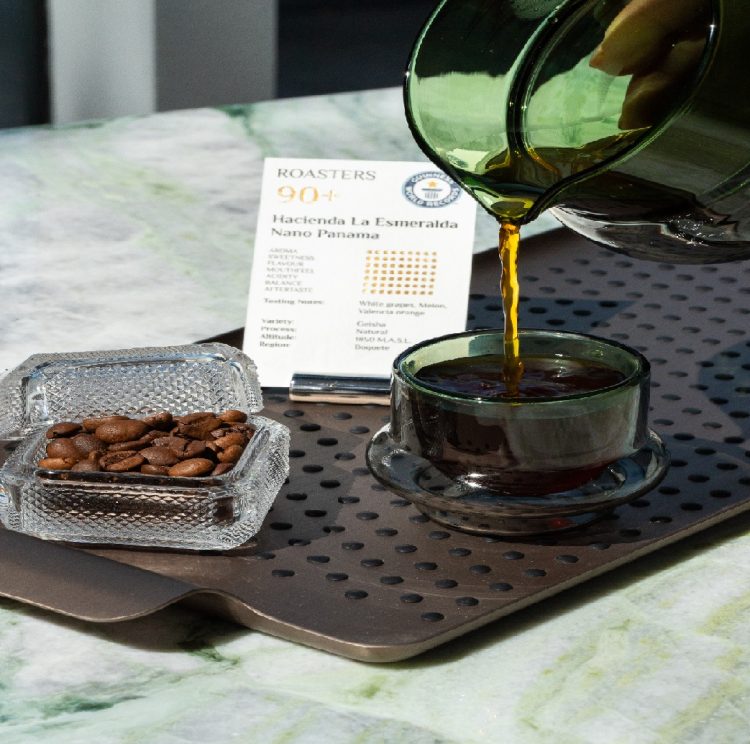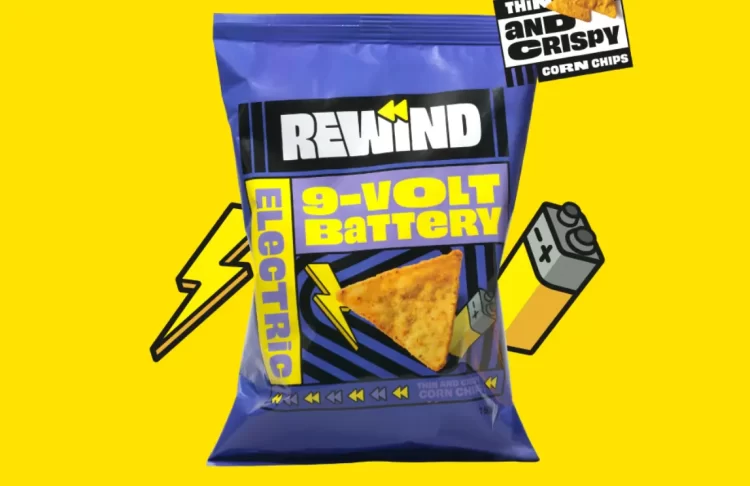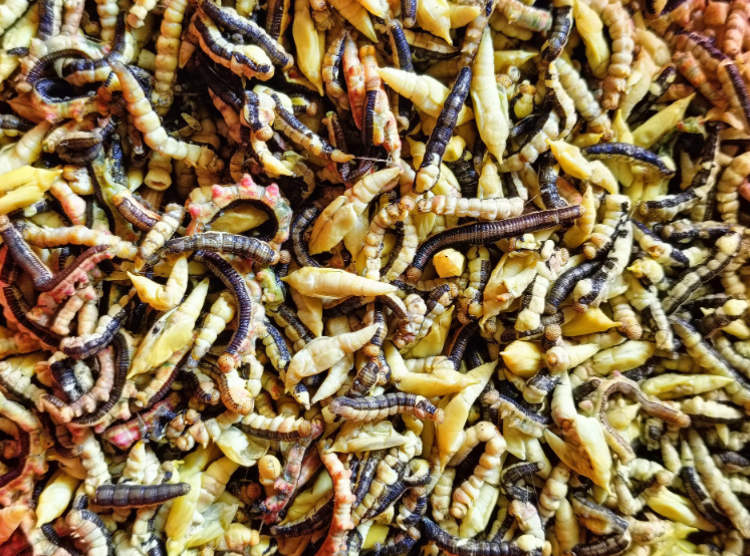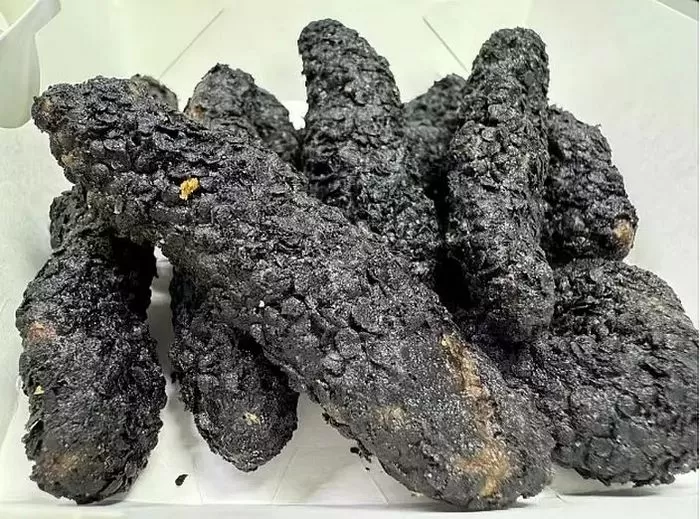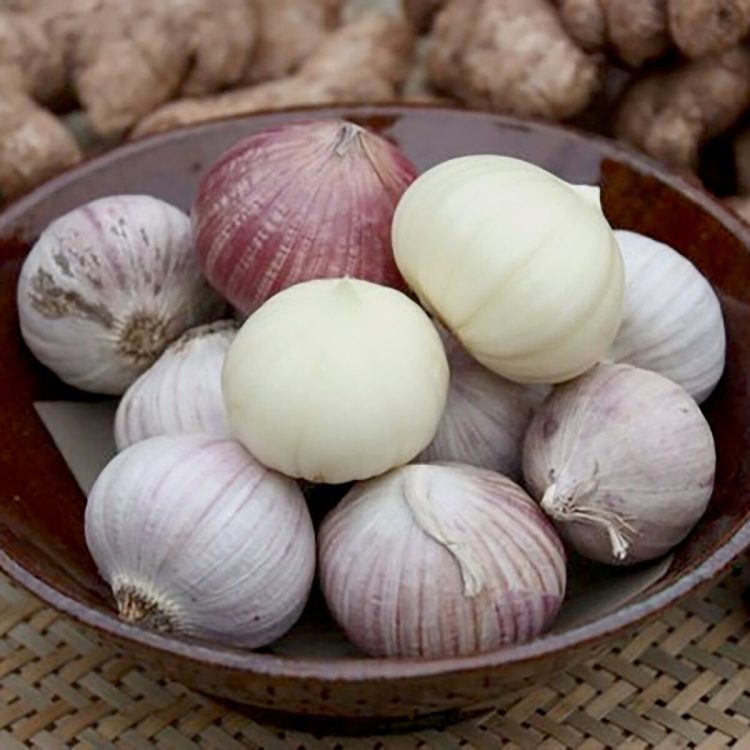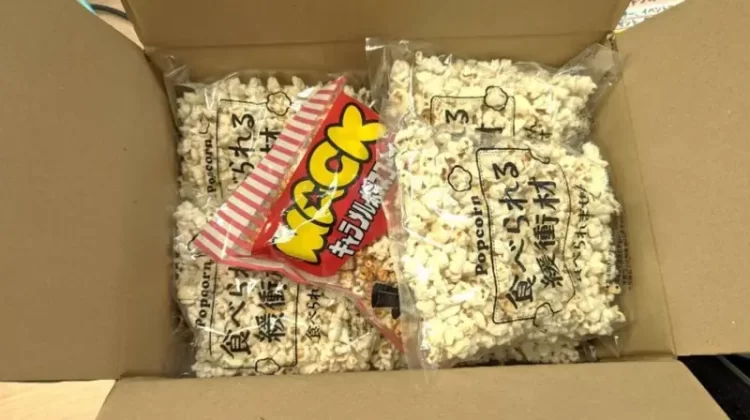Creating meat literally out of thin air sounds like technology you’d only expect to see in sci-fi movies, but according to Air Protein, it’s very real and viable.
Air Protein, the startup behind the air-based meat project, was co-founded by Dr. Lisa Dyson, an award-winning research physicist and strategy consultant, with the goal of producing meat alternatives. Such plant-based meat alternatives like Impossible Foods or Beyond Meat are all the rage these days and touted as the sustainable future of the meat industry, but Air Protein is taking sustainability to a whole new level with its air-sourced proteins. They are basically relying on a bunch of microbes capable of converting CO2 into amino-acids, with the final product being a protein-based flour that can be used to make a bunch of meatless products.

Photo: Emerson Vieira/Unsplash
“It’s fermentation re-imagined,” Air Protein CEO, Lisa Dyson, described the process. “It’s reimagined in a way that makes it carbon negative. When you undertake fermentation today, it actually produces CO2. By contrast, our cultures consume elements of the air and are able to make a nutritious flour that is carbon negative.”
Air Protein is the only startup currently involved in making proteins out of the air, but their technology was inspired by research that NASA carried out in the 1960s. They were trying to come up with ways that astronauts could grow their own food on space voyages and discovered these microbes, called hydrogentrophs, that, under the right circumstances, fed on CO2 and produced amino-acids.
View this post on Instagram
“Fast forward to when Dr John Reed and myself were looking at how we can have a positive impact on the issue of climate change,” Dyson told New Food Magazine. “We were pondering the same problem – minimal space, minimal time to make food – but in a different context. That’s what allowed us to see that this very different approach is something that could actually address what the world needs right now. We were able to leverage the thinking of NASA scientists in a completely different context.”
The behind-the-scenes process is obviously a lot more complicated than what Air Protein has so far revealed, but the company claims that it is also the most sustainable way to produce proteins right now. The ‘magic’ happens in these giant vertical tanks that take up a lot less land than both cattle grazing and plant-growing, and the energy required for the fermentation process comes from renewable sources. Thus, Dyson says, it’s both cheaper and more sustainable than other meat alternatives.
“One is that key inputs are elements of the air that we breathe, so they’re abundant and around us,” the Air Protein CEO said. “And the other is that renewable power is another key input. The beauty of that is that renewable power is becoming more and more abundant and lower and lower cost.”
“If you want to compare our production process to one of soy production, it would take a soy farm the size of Texas, an enormous state in terms of area in the US, to give you the same amount of protein as an air protein farm the size of Walt Disney World,” Dyson added.
Another key advantage that air-sourced protein has over both conventional meat and its many plant-based alternatives is production time. The protein-rich flour can be produced in days, compared to the years necessary to raise cattle and the months and resources needed to grow crops.
But is the world ready for protein produced by C02-munching microbes? Well, Air Protein certainly believes so, and if the current trends in the food industry are any indication, they are right to be confident. Meat alternatives are attracting important funding, and the demand from eco-conscious consumers is certainly there, so it’s just a matter of creating a good enough product. Air Protein describes its products as “highly nutritious, sustainable and delicious,” but we’ll just have to see what the market thinks when they hit store shelves.



